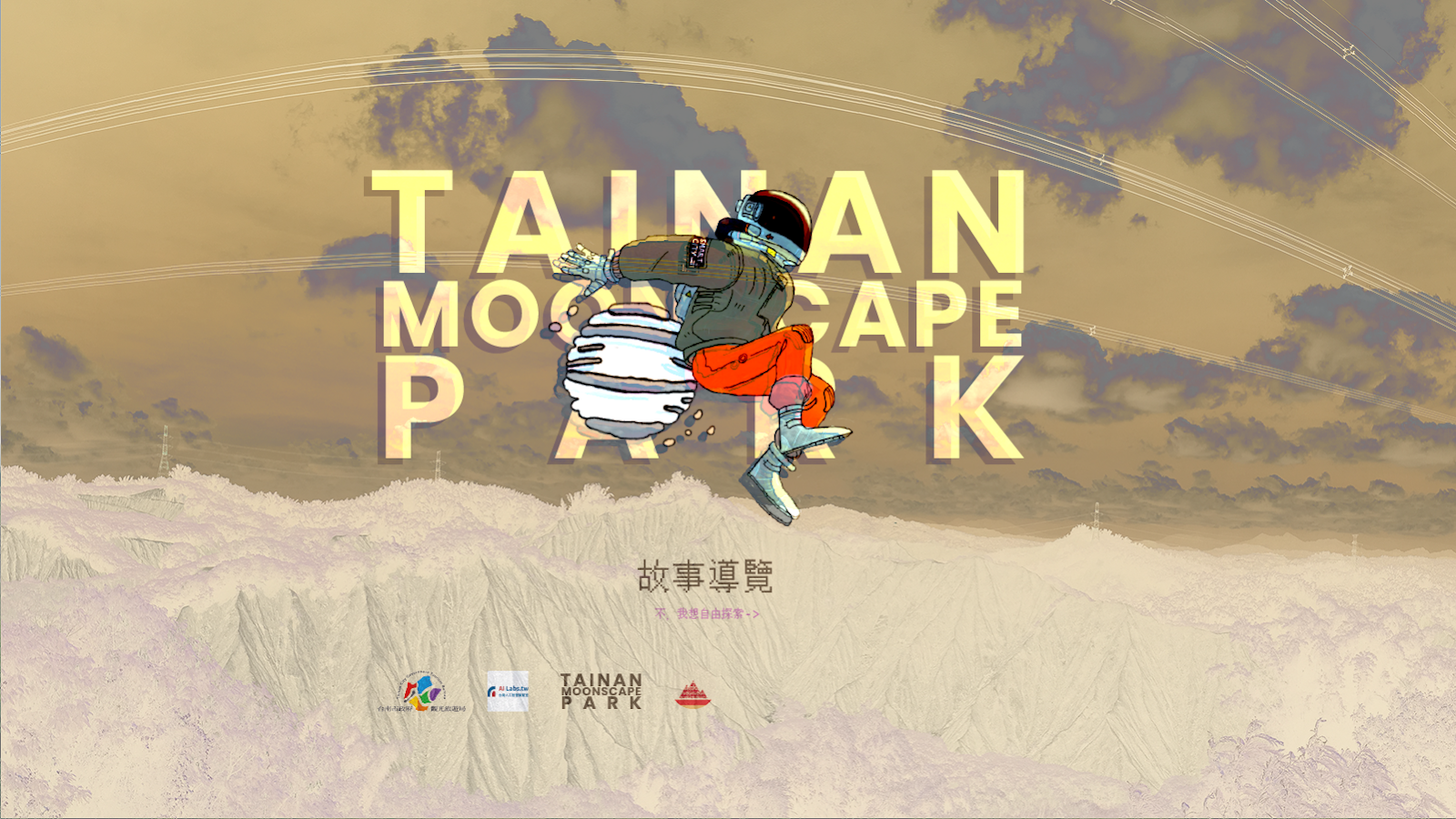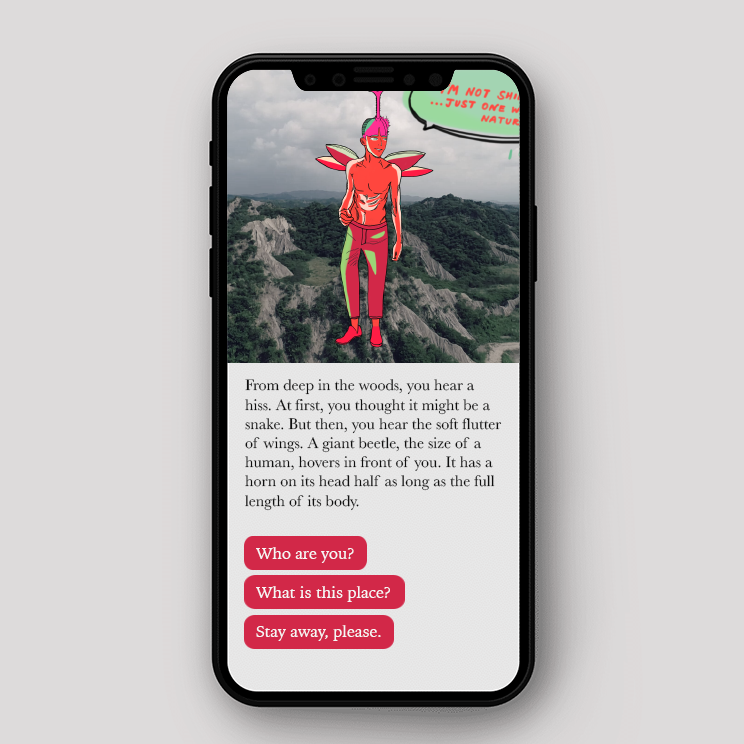The Moonscape World Project
Designing an immersive tourism experience, using game elements and aerial cinematography

In the beginning of June, Taiwan AI Labs released a demonstration of how aerial footage collected by a drone, combined with artificial intelligence and video processing, can be used to create a flight simulation based on a spontaneous user-defined starting and ending point. While users are restricted to clicking on points within National Taiwan University’s campus, following feedback from the demo, the Smart City Team ascertained that we have the necessary backend technology to make something out of drone aerial footage that is novel and cool for users.
Different from other ubiquitous map tools, e.g., Google Maps, the team’s demo promises users a different perspective, rising high above to what Michel De Certeau calls the “the threshold of visibility.” The NTU demo serves as a proof of concept. By elevating the plane from which a user sees, the user leaves the messiness and chaos of the city behind, transforming his or her perspective from those of an average citizen to what some refer to as the totalizing eye. The user sees the city, such a familiar construct, under an entirely different light.
However, the team also found that users longed for a little bit more interactivity. For the next demonstration, our goal is to use the technology that we have built already–with just one alteration. The team aims to build a narrative around the existing infrastructure; by playing around with story and game elements, along with designing an interesting narrative, we want to bring to life an immersive tourism experience. And thus, the Moonscape World Project was born.
This new direction led to the demand of numerous elements and assets, including text, art, visuals, sounds, and music. Somehow, I became the person that overlooked the early development process of the narrative and prototyping the interactive experience. The narrative itself took a lot of mulling over. The story arcs need to be simultaneously interesting enough to keep the users’ attention, while not straying entirely into the world of fantasy because there needed to be some aspects that a user would be able to relate to were they actually going to Tainan Moonscape Park. My first draft was about an astronaut who crashed on an unknown planet, and met with all these weird creatures on his/her journey. That turned out to be too much fantasy and too little realism, so I tried to incorporate factual information into the script that could serve educational and tourism purposes a little bit better. No longer was the story completely being imagined from my head. It was the actual stories of the people, of the land, and of the history, just told from a different world setting.

Then came prototyping the written narrative into my first digital prototype. Since everyone had such unique and different takes on what the experience should be like, it was hard to agree on all the tiny details during early development. To showcase my thoughts, I would attempt to make my ideas into concrete prototypes that would be used to convey experiences. As different ideas emerged, new prototypes were made to test the viability of the new concept. I was pleasantly surprised by how AI pops up in places that I didn’t expect, in the forms of sky replacement in the scenery, style transfers to make the backgrounds and foregrounds more coherent, and image detection that could be used as a trigger to story events.In the last two weeks, I started spending more time on drawing and animating in order to create a more visually refined prototype, and on redesigning the game engine such that it respected modularity. That means making a creative tool that future story writers and filmmakers could use without needing to know how to code.
I’m ending on a quote that refers, aptly, to the moon. Mark Twain once said, “Everyone is a moon, and has a dark side which he never shows to anybody.” If there is to be one secret that I kept during my internship at Taiwan AI Labs, it’s not that I never did feel like a hardcore software engineer, because in no way do I hold myself accountable for this happy accident. Instead, here is my secret. The work I did wasn’t entirely what I expected when I first came in, but I freaking loved every moment of it.


